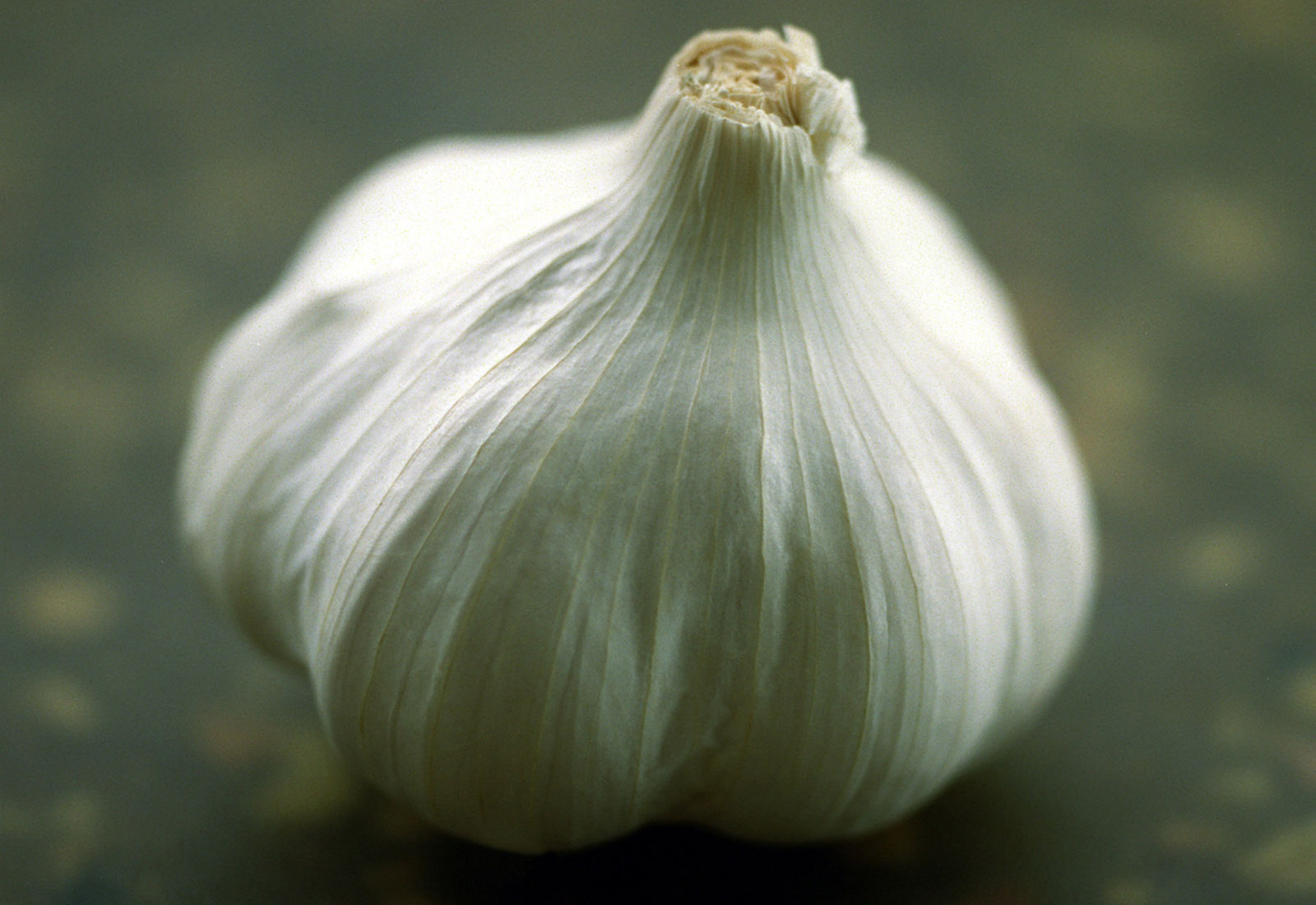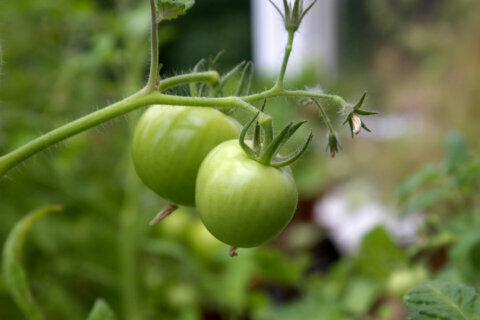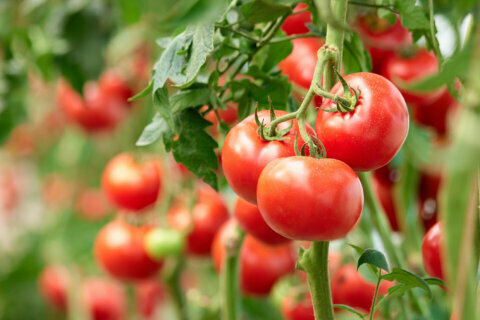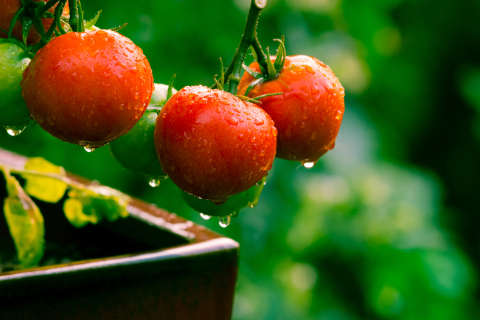
Head lice on hot peppers?
Alicia, in Damascus, writes: “This was my first year growing habanero peppers. The plant fruited quickly, but we only claimed 10 fruits before we had a serious plant lice issue that I got under control with a spray of soap and water plus a unique blend of tomato leaves, cumin and garlic. It is now flowering again. With the cold weather coming, should I re-pot it and move it indoors? Does it require a heat lamp for the off season?”
First, your “plant lice” were almost certainly aphids — sap-sucking insects that cluster in large numbers on plants; especially roses and peppers. Next season, just spray them off the plants with super-sharp steams of water. No need for soap or your “unique blend” of plant parts plus Eye of Newt.
Time to perennialize your peppers
As for the question of whether she should re-pot it or use a heat lamp: Peppers are perennial in frost-free climates, making them one of the few garden crops that you can overwinter indoors. If you do it perfectly, the plant will continue to set flowers and fruit over the winter. Even a poor job should yield a living plant that can go outside in the spring, and that plant will produce ripe peppers in a flash.
Do not re-pot it; that would just add to the stress of coming inside. Same with pruning, which has become an obsession with many gardeners.
Use a hose with an adjustable nozzle to blast water into every nook and cranny of the plant. Move it to a different location and repeat the same kind of super-soaking a few days later. Then wipe the outside and rim of the pot with a damp cloth to get any lurking aphids. Only then can you safely bring the plant (or plants) inside. Keep a close eye on the plant(s), and if you see a single aphid, take them back outside and shoot them again.
Forget the heat lamp; room temp is fine. But you must provide bright, artificial light over winter; they’ll die in a “sunny windowsill.” The best option is a two-tube, four-foot shoplight equipped with either T-8 fluorescents or the new LED tubes. Either way, keep the tops of the plants right up close to the (cool) tubes — no more than an inch away.
A 4-foot light can typically accommodate four normal-sized pots. Other plants to try to overwinter indoors would include winter-tender herbs (such as basil) and bedding-plant begonias, which can live for decades if protected from frost.
Should your necks be hard or soft?
Charlotte, down in Richmond, writes: “Is there a type of garlic that does better in our climate? I know that there are long-day, short-day and day-neutral onions; is it the same for garlic?”
Not really, Char. With garlic there are two basic types: hardneck and softneck.
Hardneck garlics grow best in areas with real winters, have bigger cloves, superior flavor and brightly colored wrappers. But they don’t store long, typically sprouting by Halloween.
Softneck garlics grow best in areas with somewhat mild winters. They’re less flavorful and colorful, but braid beautifully and can be stored for a long time without sprouting,
Both should grow well in the greater D.C. and Richmond areas, so I suggest planting some of each: hardnecks for their amazing flavor and softnecks for length of storage.
Smutty grass
Liz, in Bethesda, writes: “The wet weather seems to have taken a toll on my well-maintained Kentucky bluegrass lawn. On careful inspection, it appears to have brown patch. I also have areas of black, sooty mold on grass blades. I diligently utilize all the proper techniques for maintaining cool-season lawns, including pH monitoring. What is the best way to stop this problem?”
Both brown patch (circular areas of dead grass) and leaf smut (long, yellowish streaks that turn gray and then black) are more common on Kentucky bluegrass than other types of turf, and both have a common cause: overfertilization with cheap, fast-release chemical fertilizers.
Neither has anything to do with the lawn’s pH; pH only affects the ability of the grass to take up nutrients.
Too much fertilizer makes a lawn (and the Bay) sick
Liz is long on self-assurance, but short on specifics.
Of course, the wet weather has made our lawns more disease-prone, but both of these problems are generally the result of overfeeding with cheap chemical nitrogen fertilizers. (“To pathogens, such lawns look like a bank full of money waiting to be robbed,” said Iowa State turf grass expert Dr. Nick Christens.)
Don’t add any water to your lawn, stop fertilizing, and both problems should resolve on their own. In the future, use a natural slow-release fertilizer whose first NPK number (on the label) is 10 or lower. And only use it twice a year — once in the spring and again in the fall.
Note: If you follow the lawn-feeding guidelines established (by law) in Maryland and Virginia to protect the Chesapeake Bay, these problems should not occur again.
Mike McGrath was Editor-in-Chief of ORGANIC GARDENING magazine from 1990 through 1997. He has been the host of the nationally syndicated Public Radio show “You Bet Your Garden” since 1998 and Garden Editor for WTOP since 1999. Send him your garden or pest control questions at MikeMcG@PTD.net.








